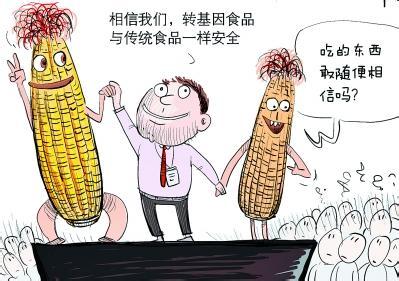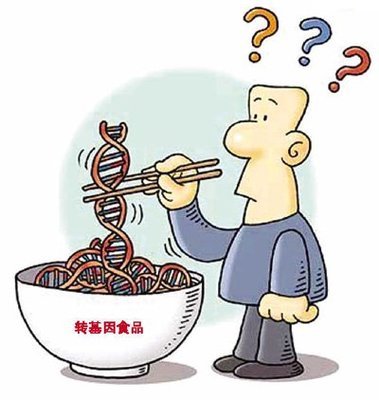The so-called "genetically modified food", is to change the genes of animals or plants, resulting in a new feature of the type of food. Generally, the transgenic technology to meet the specific needs of human beings, can solve the food shortage problem, reduce pesticide use, avoid environmental pollution, save the production cost, increase nutrition and food types, improve food quality, in addition, it can improve production efficiency, promote the development of related industries.
* * the advantages and problems
Since genetically modified food has these advantages, why a lot of people on the food at a distance? The main reason is that there is no way to prove that genetically modified food is safe and reliable. For example, genetically modified food may cause some harm to the human consequences, including the emergence of new toxins and new allergens, produce herbicide resistant weeds, so that the spread of the disease acrothe species barrier, disturb the ecological balance, etc..
Recently, the United States conducted a public opinion poll on genetically modified foods. The results showed that fifty-eight percent of Americans have not heard of genetically modified foods, and sixty-four percent of Americans do not like genetically modified foods.
Genetically modified food support respondents accounted for about twenty-seven percent, and about forty-six percent of the respondents think that security against genetically modified food, genetically modified food accounted for forty-eight percent of the respondents, about twenty-nine percent of respondents believe that genetically modified food safety. In addition, forty-one percent of respondents believe that the federal government should strengthen the control of genetically modified foods.
* the United States is active in Europe.
Currently, the United States is the world's largest producer of genetically modified crops, but also the production and consumption of genetically modified foods. Transgenic crops in the United States accounted for 2/3 of the world's genetically modified crops planted area, including cotton, soybeans, corn, pumpkin and other more than 20 kinds of crops. Sixty percent to seventy percent of the food sold in the U.S. market contains genetically modified ingredients.
In Europe, people are skeptical about GM foods. French regulations, food producers have to use any kind of GM material content in the raw materials more than one percent food plus sign, while the French food company in order to avoid the loof customers, to avoid the use of raw materials containing genetically modified ingredients. In the UK, only fourteen percent of people are willing to accept genetically modified foods.
In the United States, farmers are starting to use transgenic technology for more and more crops, and the output of crops has increased. So far, there has been no record of health damage caused by the consumption of GM foods, said the head of the American farm organization. The United States accounted for eighty percent of the total production of genetically modified soybeans, and the rest of the soybean is mainly in order to meet the needs of the special market of twenty percent.

Finally, to emphasize to the audience friends, about the potential hazards of genetically modified foods, the scientific community has not yet finalized.
 爱华网
爱华网



